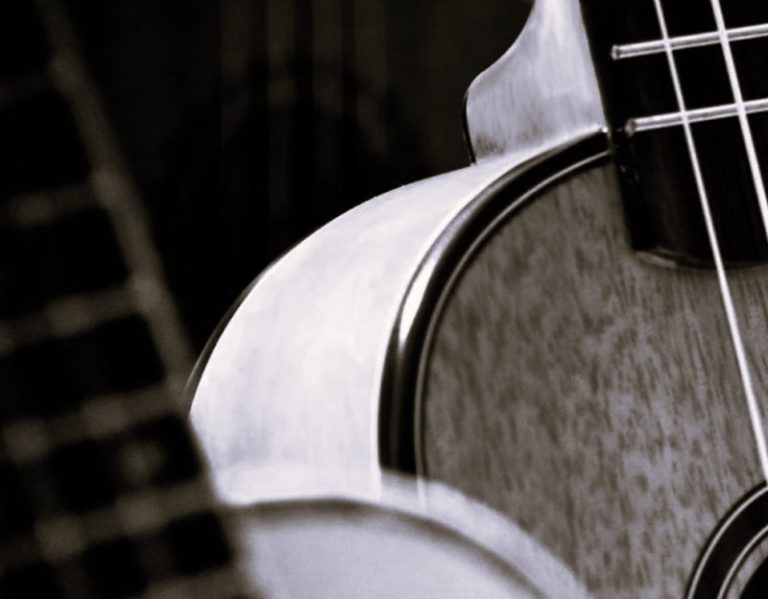

Poker is, first and foremost a quite complicated card game, but even more so, a big part of both American and world cultures, from the evidence of the very beginning of the game in Europe to the currently established multi-billion-dollar industry status.
Less intuitively, perhaps, the evolution of poker deepens the appreciation for such a game and also discusses how it was carved and has been carved out by history. This short paper discusses the journey of poker through time, from its poor beginnings to finding itself online, where today, one can already play poker online.
The Early Beginnings of Poker
While the true origin of poker is somewhat murky, historians agree that it evolved from a variety of European card games in the early 16th century. One very popular theory says that poker is thought to have originated from a French game called “poque,” which in itself was a derivation of a Spanish game called “primero.” These early games contained many of the elements of bluffing and betting that are important in poker today.
From there, it spread throughout Europe in the 17th century, with added region-specific forms. It was during the 18th century that poker took shape as it would be known today. With the French colonization of Louisiana, the game came to North America, and for the first time, players started using the standard deck of 52 cards.
It wasn’t until the early 19th century that “flush” and “straight” came into the standard hand ranking to give us the rules we would be bound to know today. And, of course, with the advent of the internet, poker has found its way online, too, enabling players to play poker online and enter virtual tournaments from anywhere in the world.
The Rise of Poker in the American West
It became unmistakably American, most of all during the period of westward expansion throughout the United States during the 19th century. Poker quickly became part of the social fiber of the westward-moving people in saloons and mining camps. It was originally for low stakes, but the idea of playing high-stakes poker seems to come from this era. Associations with the Wild West, where a man’s fortune could be made or lost on the turn of one hand, further shrouded it in mystery.
Poker soon became among the favorite entertainments of soldiers during the Civil War, ultimately cementing the game across the width of the nation. During this time period, the fate of poker in American and world culture was already sealed. By the close of the 19th century, poker had been ingrained deeply within American society, with many tournaments and competitions starting to take shape.
Poker’s Global Expansion and the Digital Age
In the 20th century, poker underwent an even greater metamorphosis, influenced much by its appearance in American casinos and a rise in media exposure. It was the 1970s that began what would later be termed the World Series of Poker, an event that would eventually but surely assume the mantle of major poker tournaments. The explosion of televised poker in the 1990s, most notably with the invention of the “hole card” camera, brought poker into the living rooms of millions, shifting it from its reputation as a wild and crazy game into a strategic contest of skill and psychology.
Perhaps the largest change to the game came with the rise of the internet. Where online poker became available overnight in the early 2000s to anyone in the world who wanted to play poker online from the comfort of their homes. This growth of poker was synchronous with a sea change in the way poker itself was being played, new game variants, strategies, and formats. Online platforms democratized poker, making the game accessible to every kind of person in every part of the world 24/7.
The Modern Poker Scene
Today’s poker is a manifold game of skills and luck played in casinos, online, and home games all over the world. It is an excitingly varied mix of players-from the casual enthusiast who enjoys an occasional friendly game to the professional gambler. Poker has reached popular culture with inventions like mobile apps and live streaming of major tournament events, making names like Daniel Negreanu and Phil Ivey well-known.
The digital revolution is still engineering the future of poker, considering a variety of virtual and augmented reality with the aim of extending the experience of its players. Whereas the basic rules of the game have still kept their hold, the scenario in which poker is played has changed a lot.
In Closing
The changes in poker, however, reflect broader social, cultural, and technological changes over the centuries. From its European roots to its modern version in electronic format, poker has moved with the times in new formats, adapting yet relevant both as a game in itself and as a cultural phenomenon. Whether it is played in that smoke-filled saloon of the 1800s or on one’s smartphone today, poker’s enduring popularity speaks volumes for its universal appeal as a game of strategy, psychology, and chance. While responsible playing poker is good, knowing its history brings more fun to the table and reminds one of the legacy it has built.






